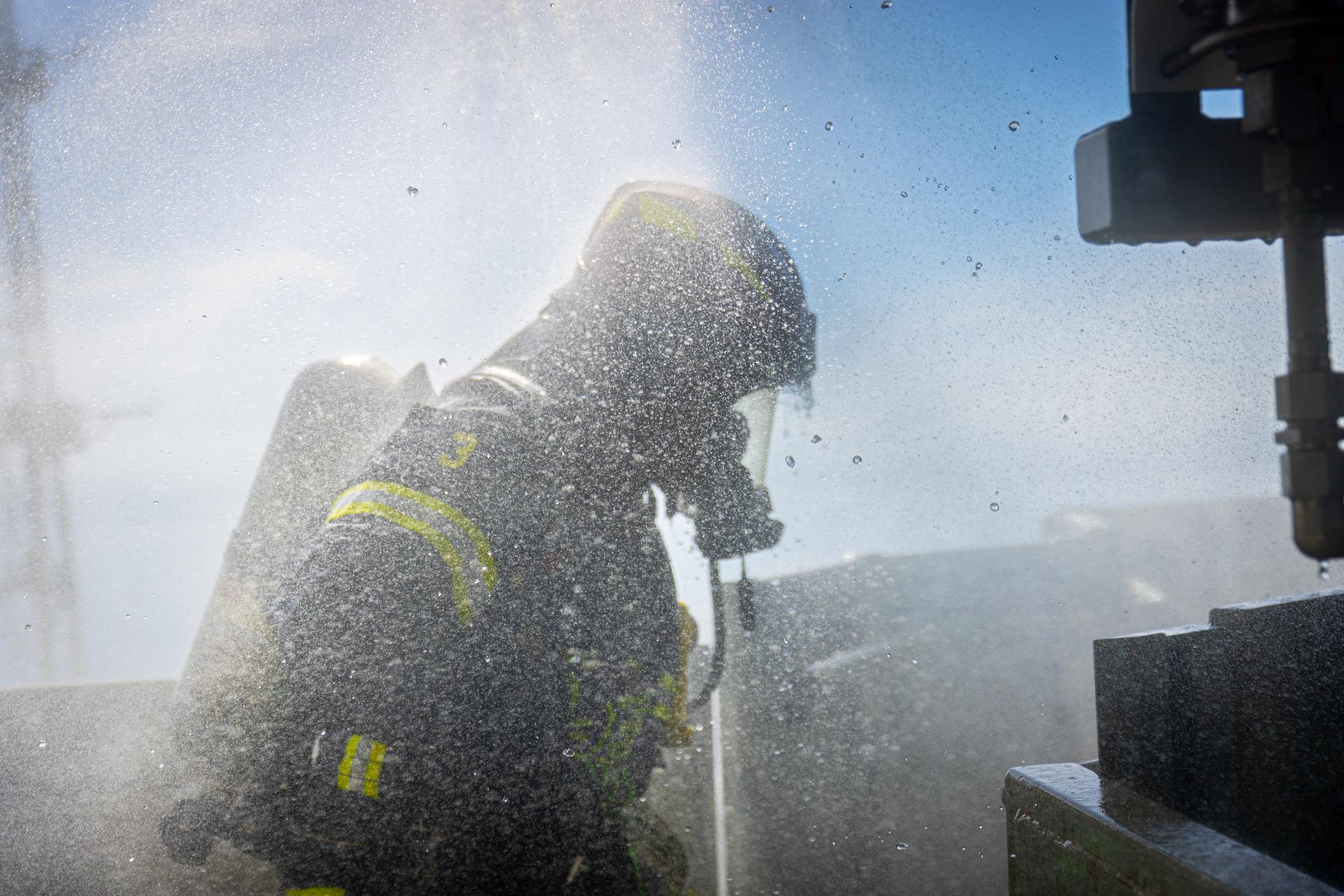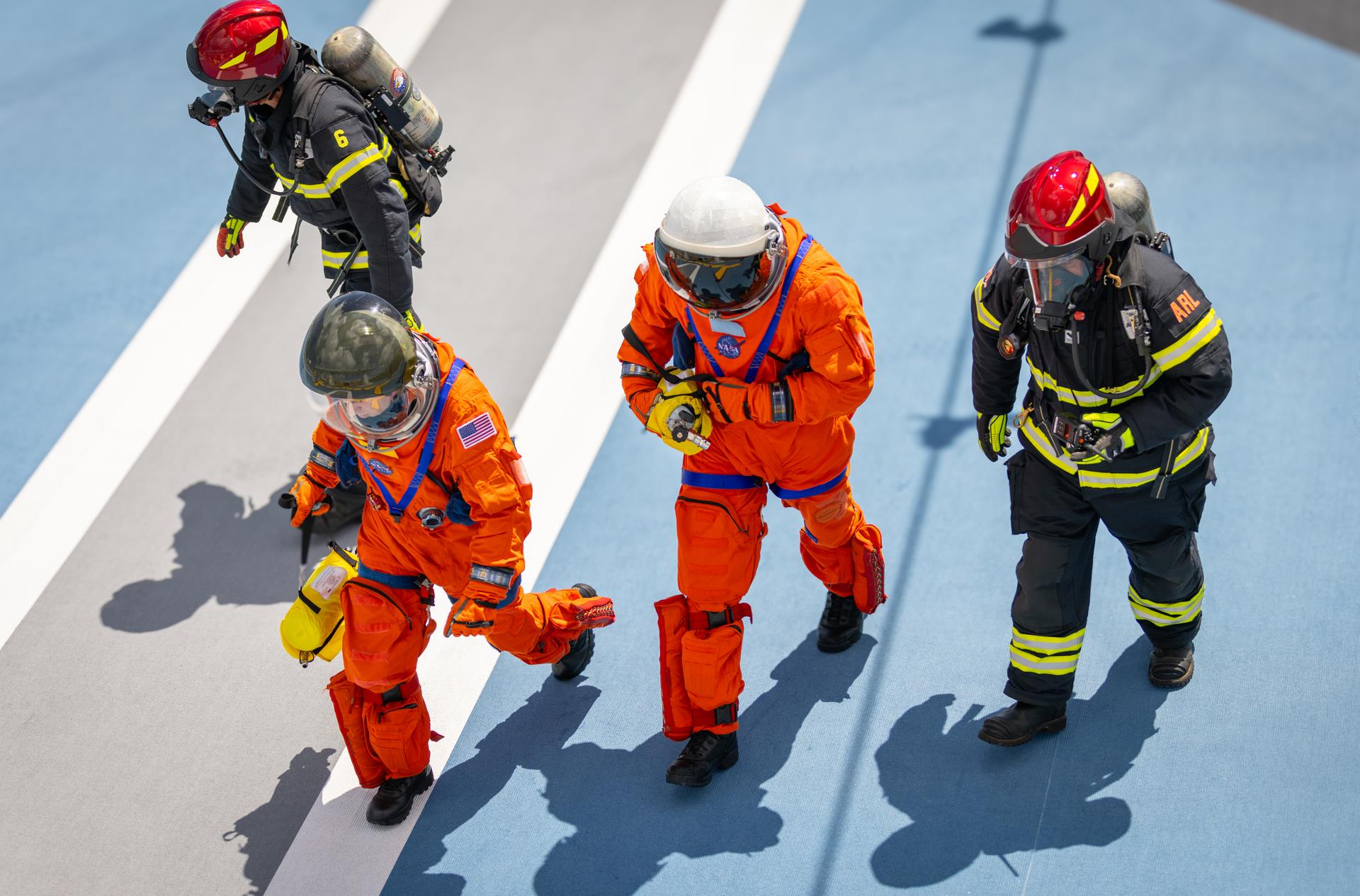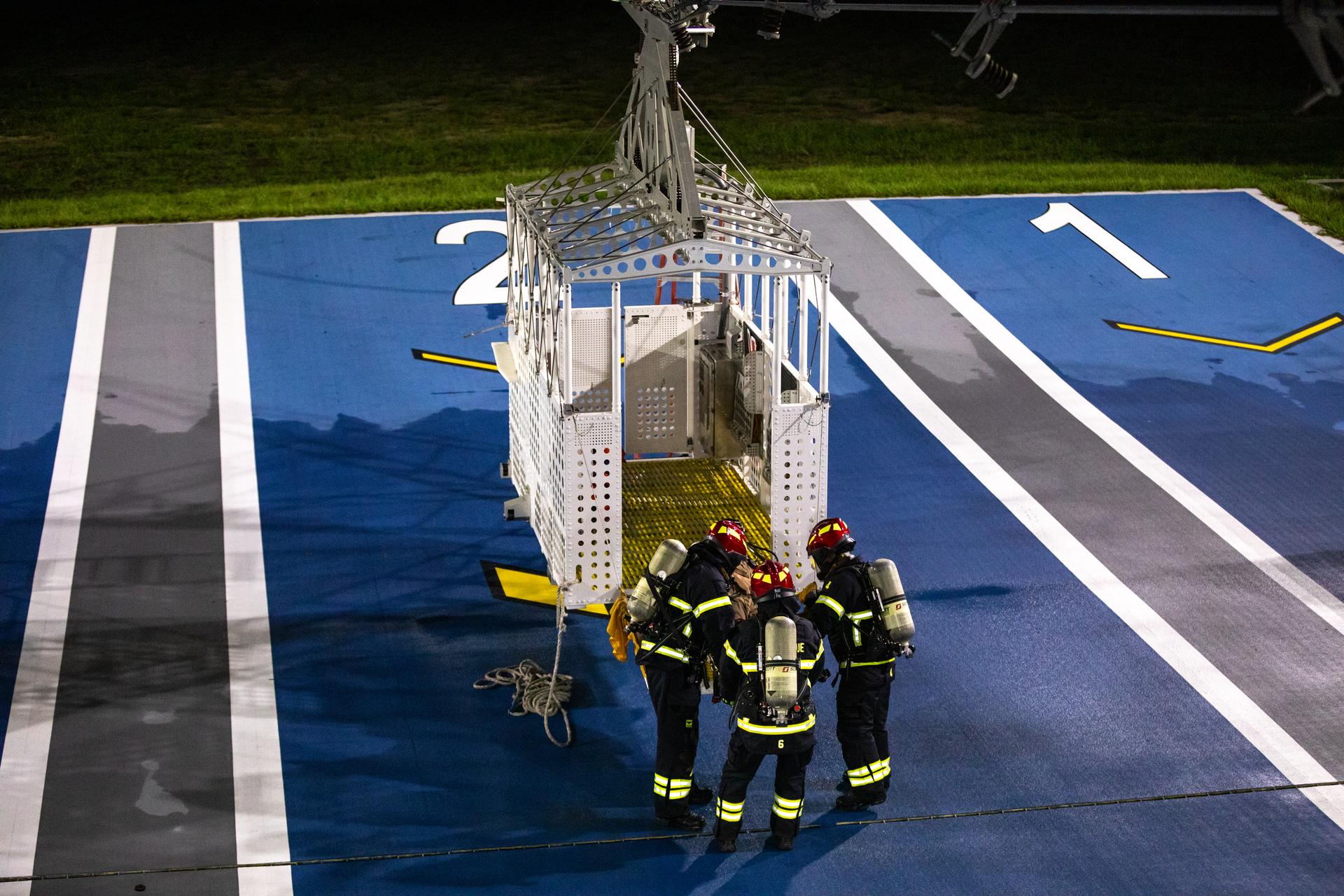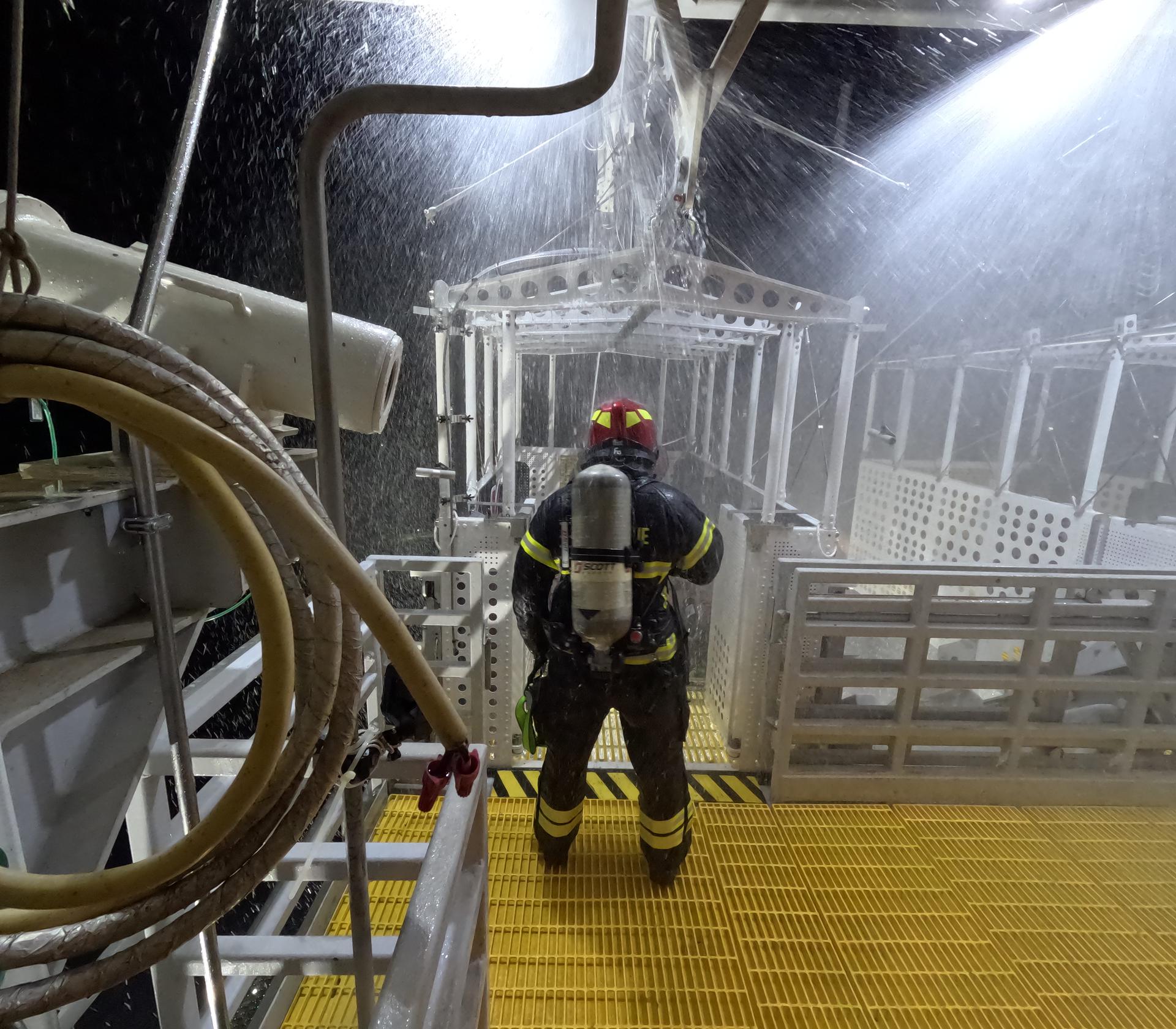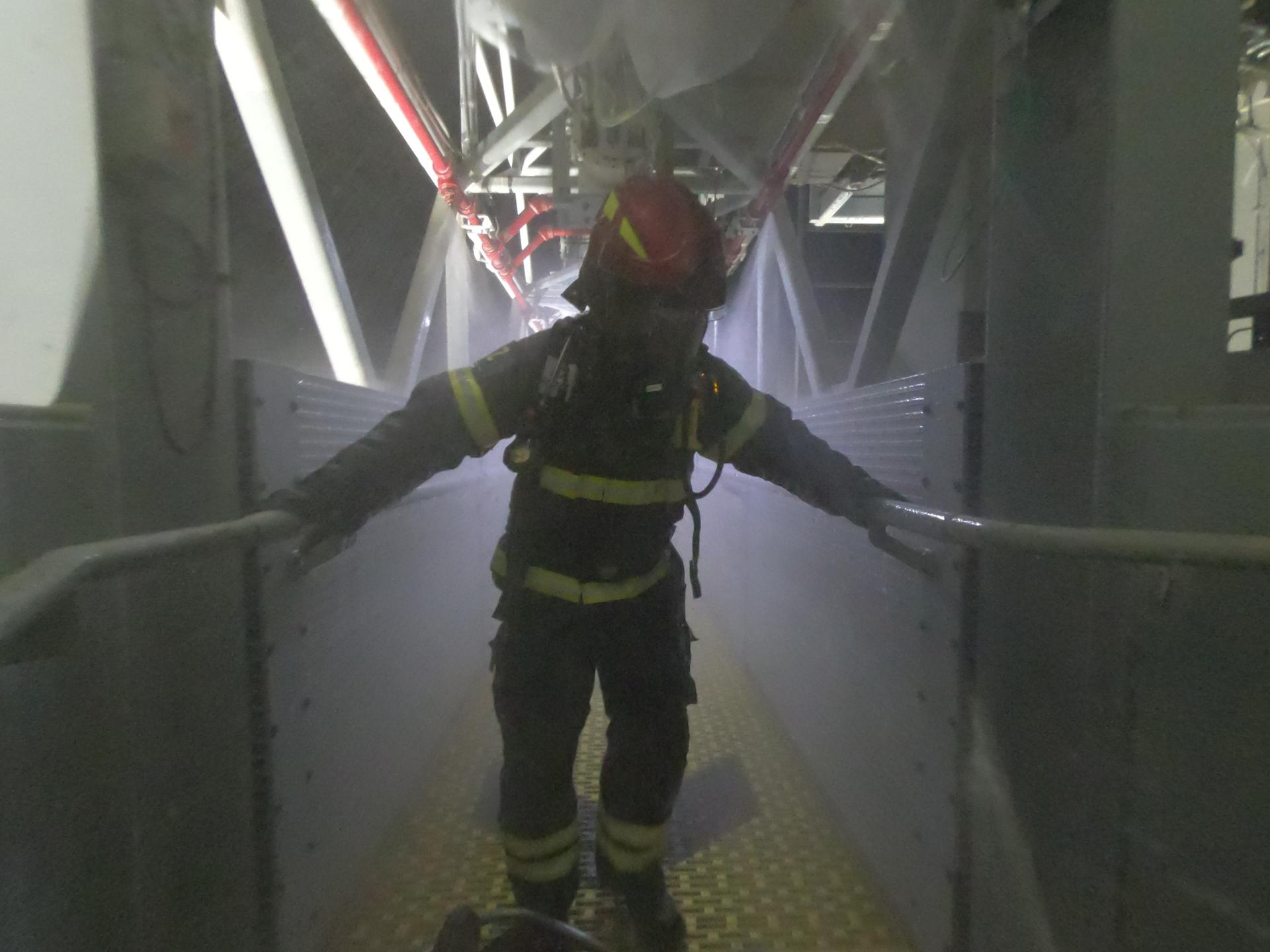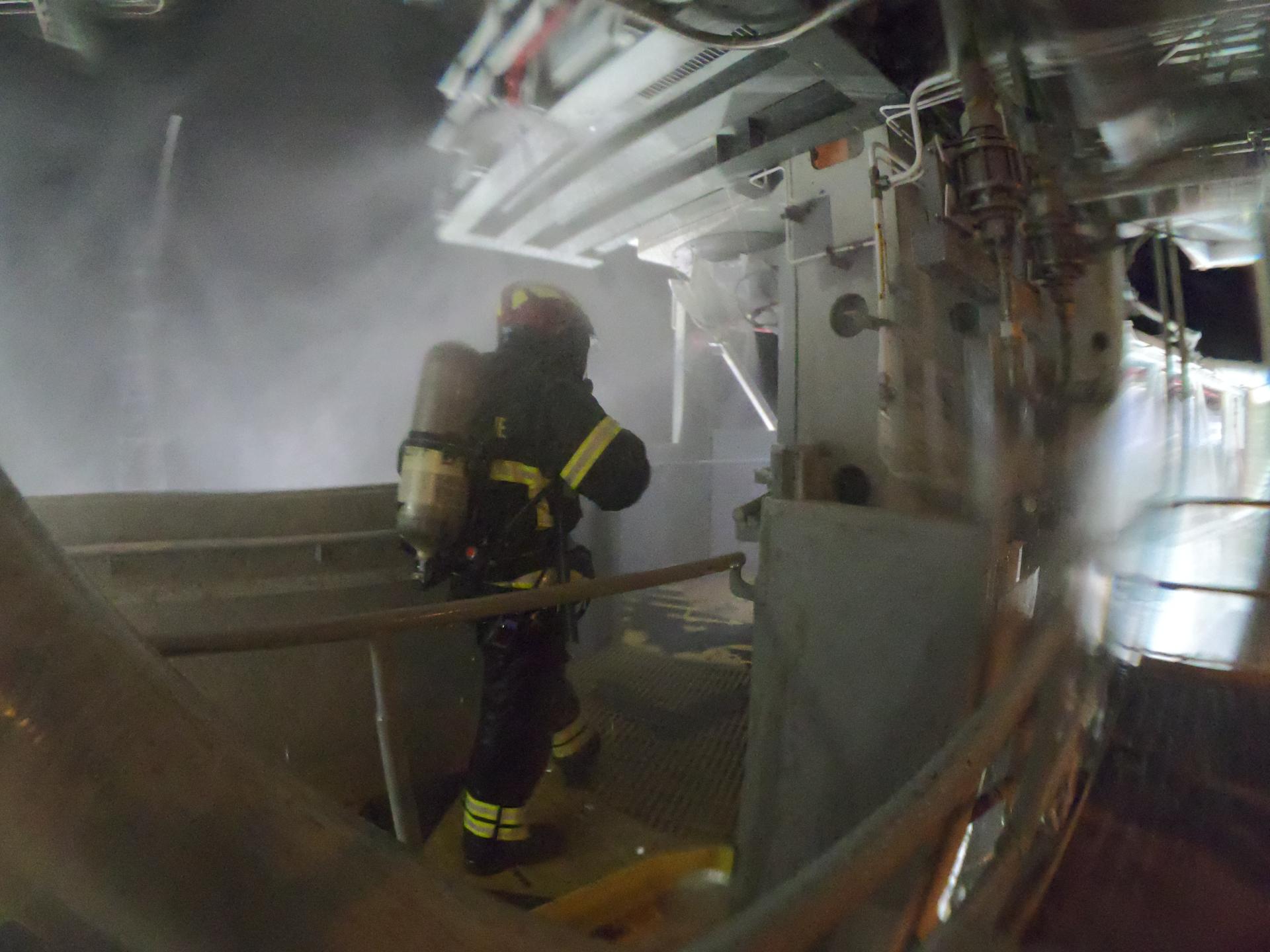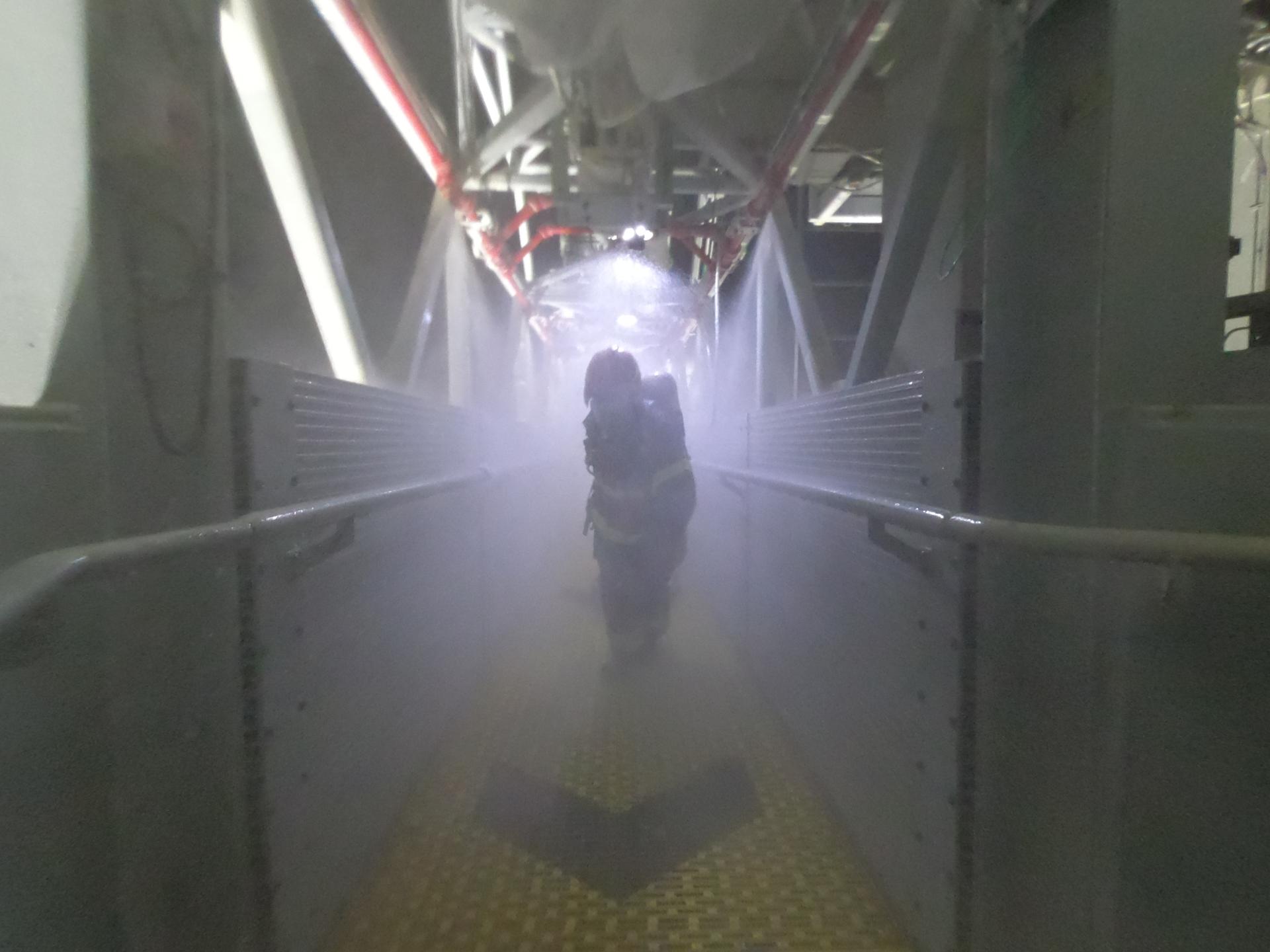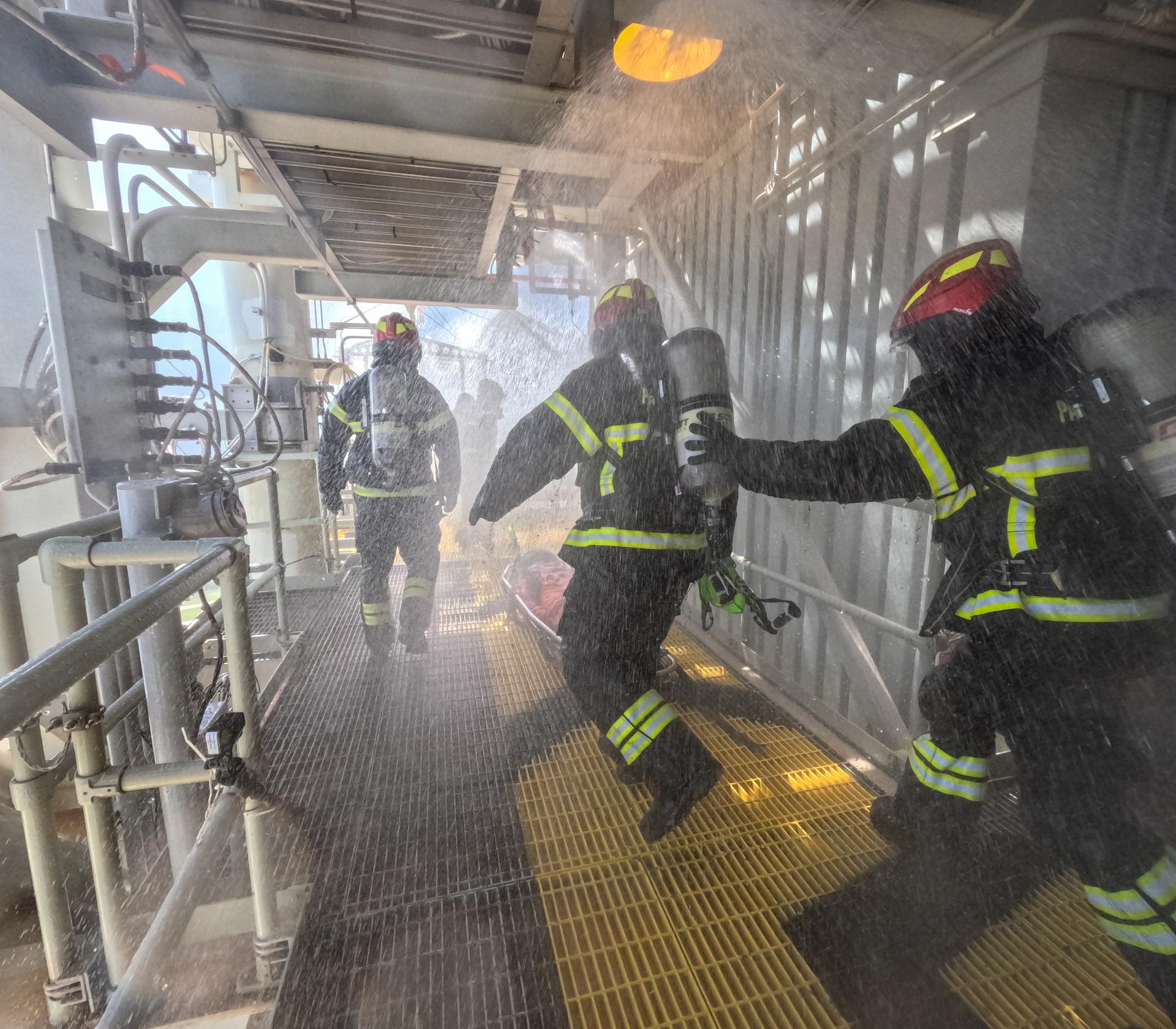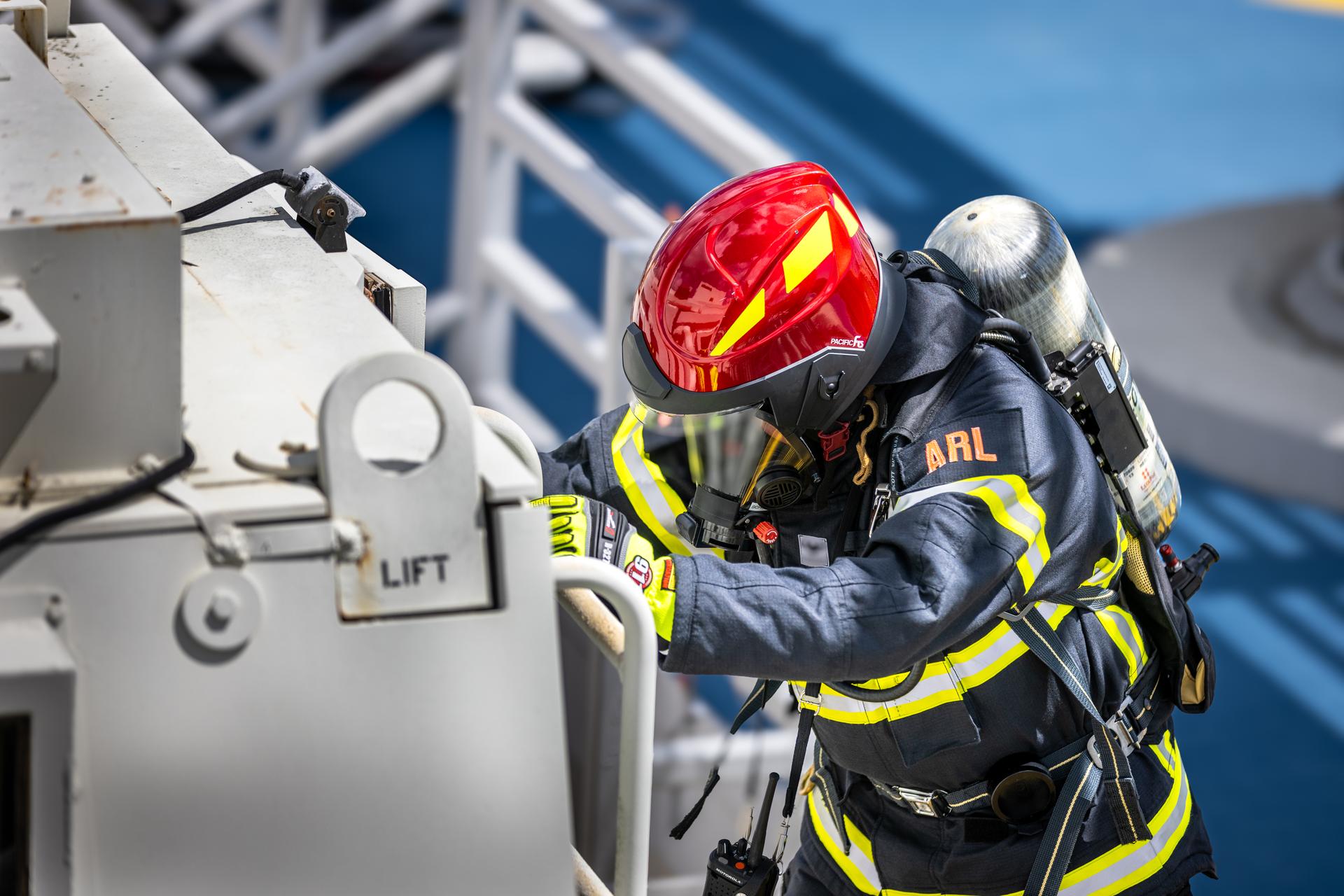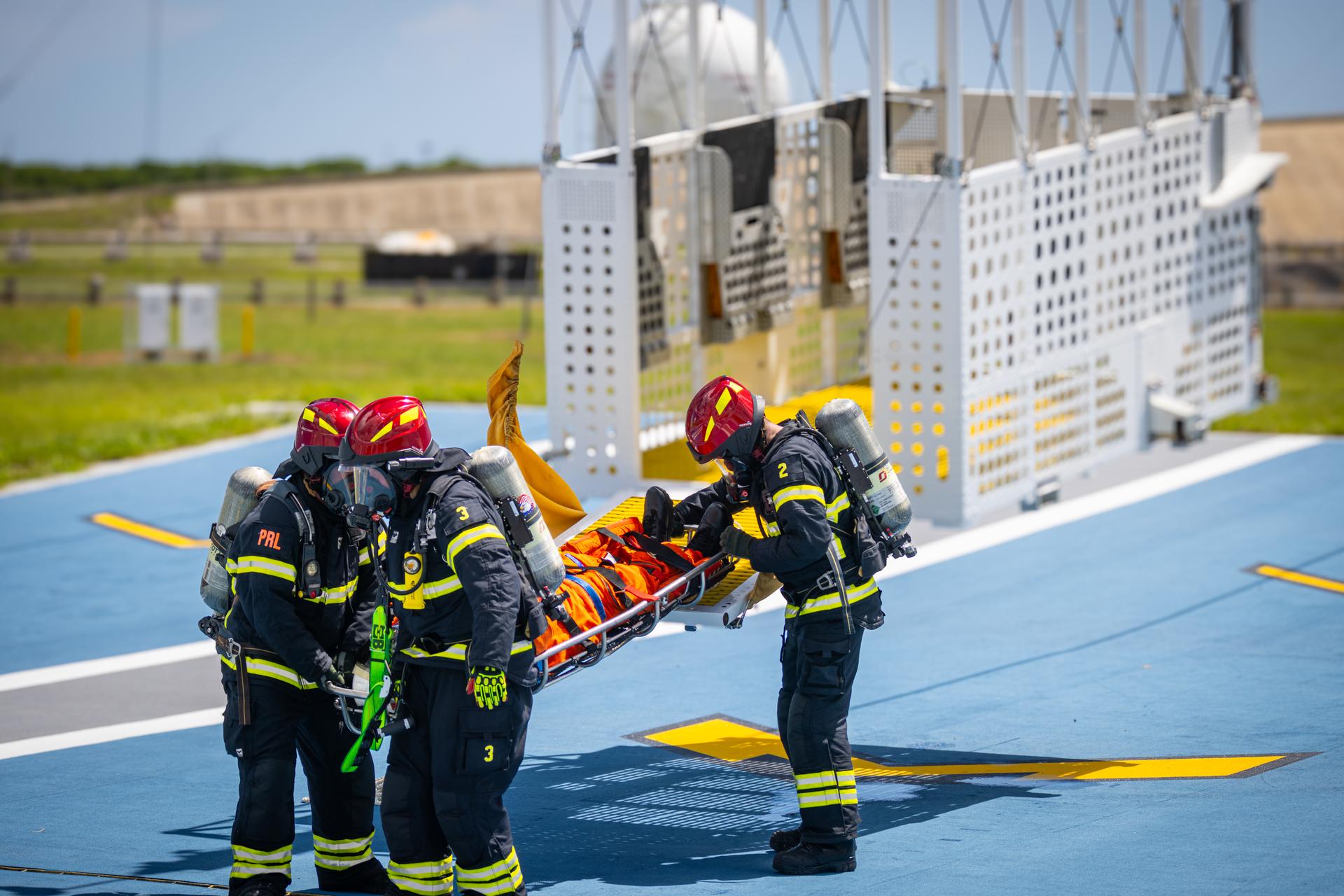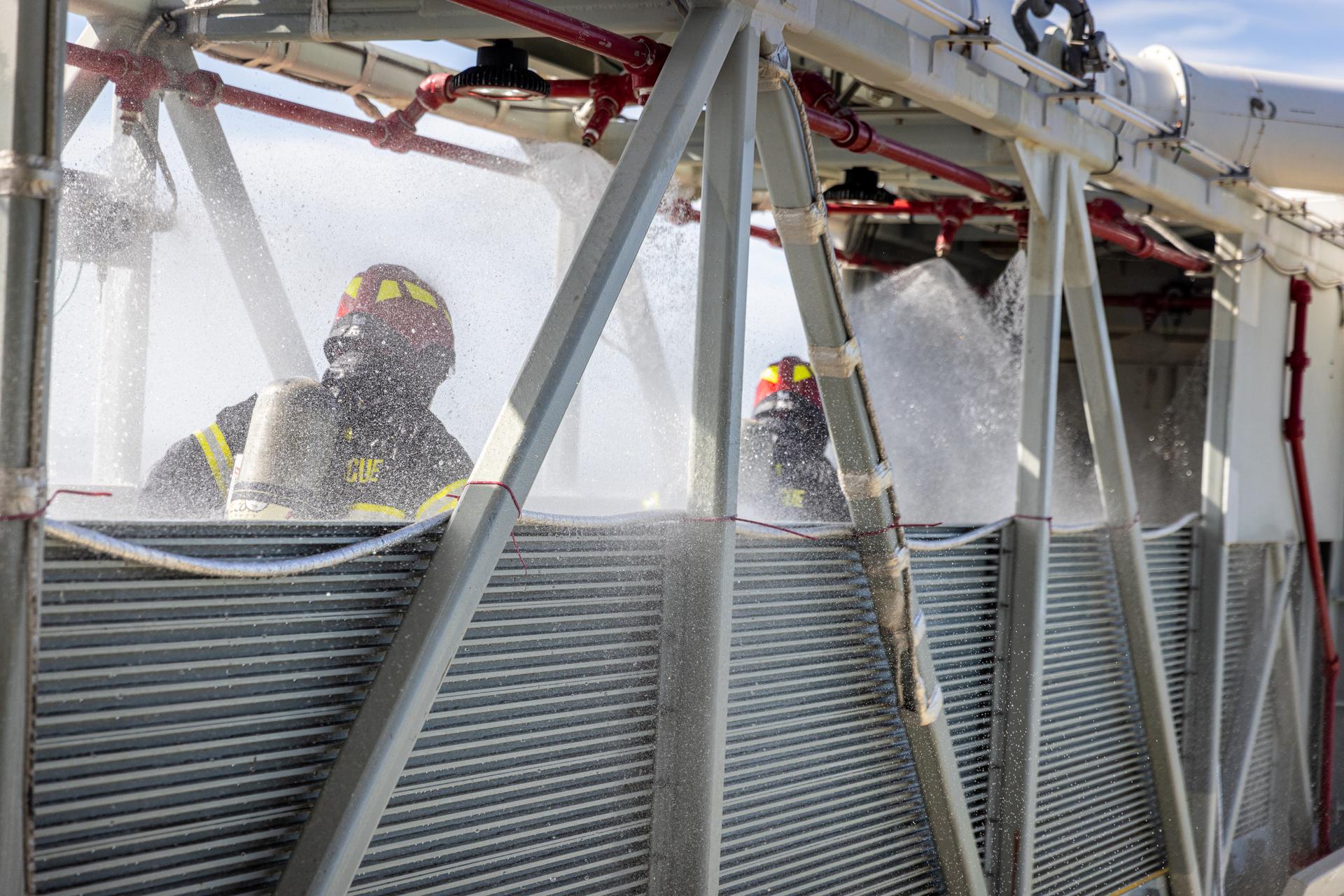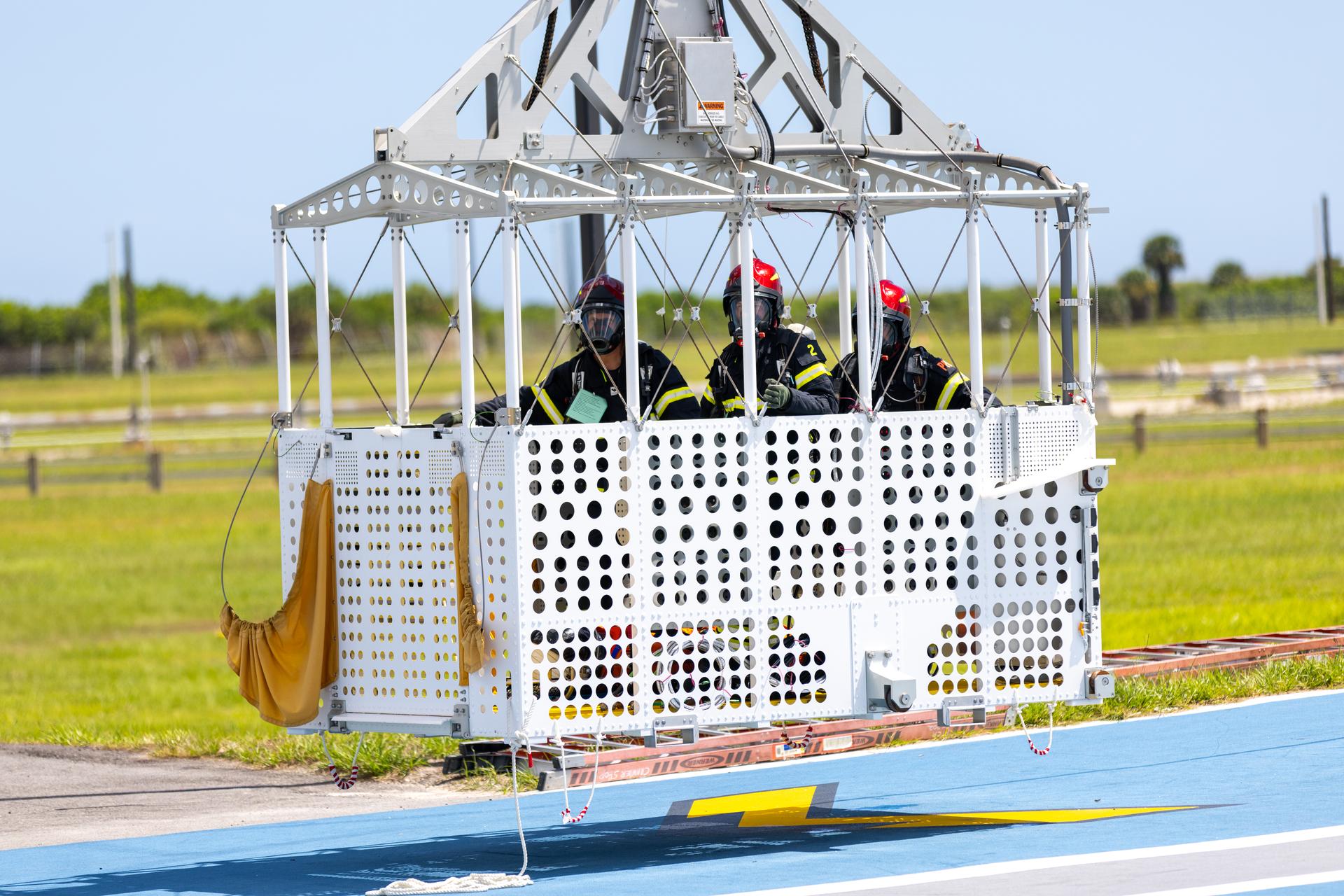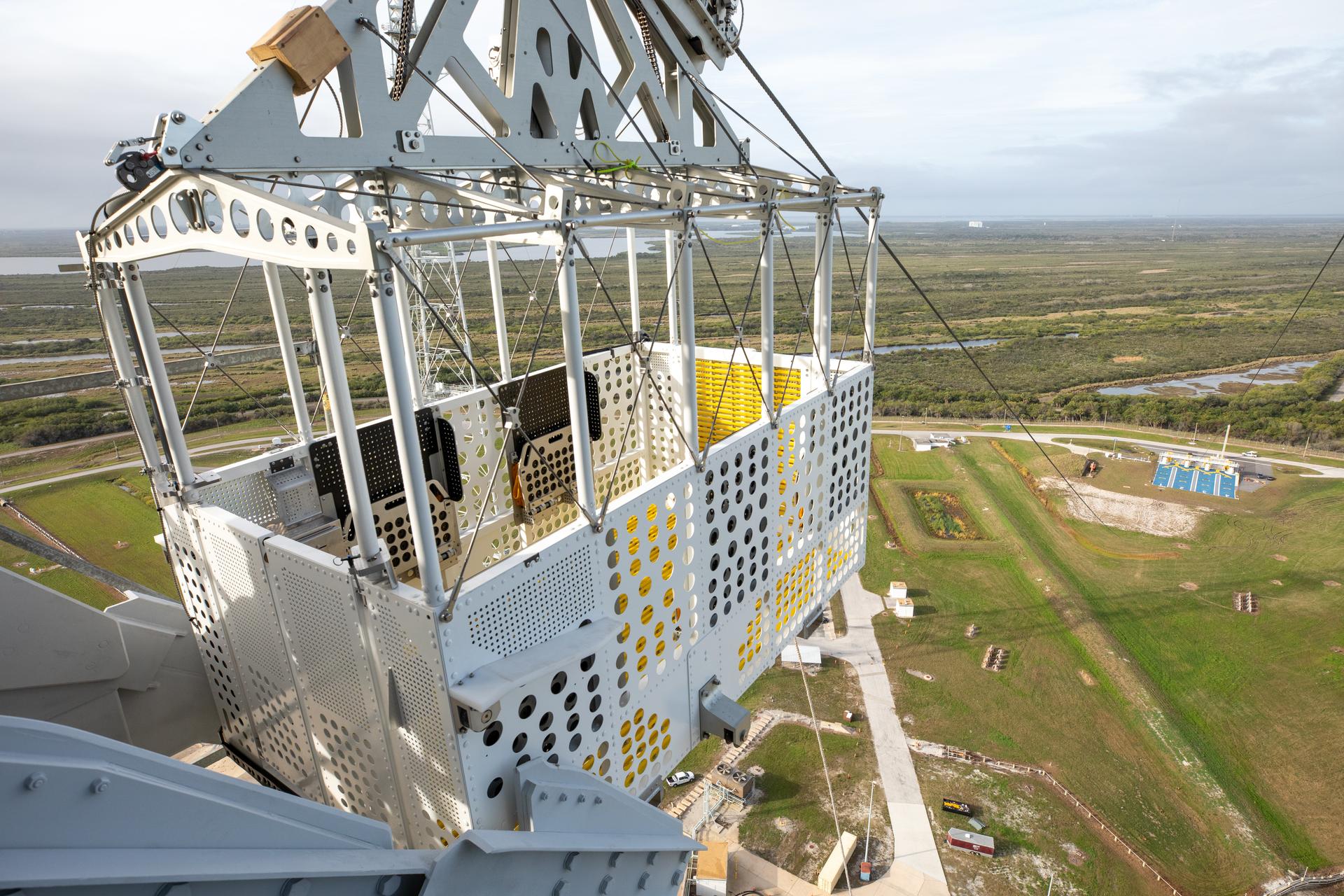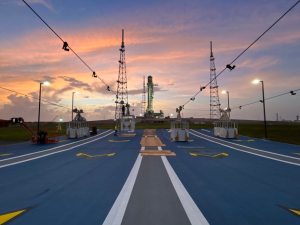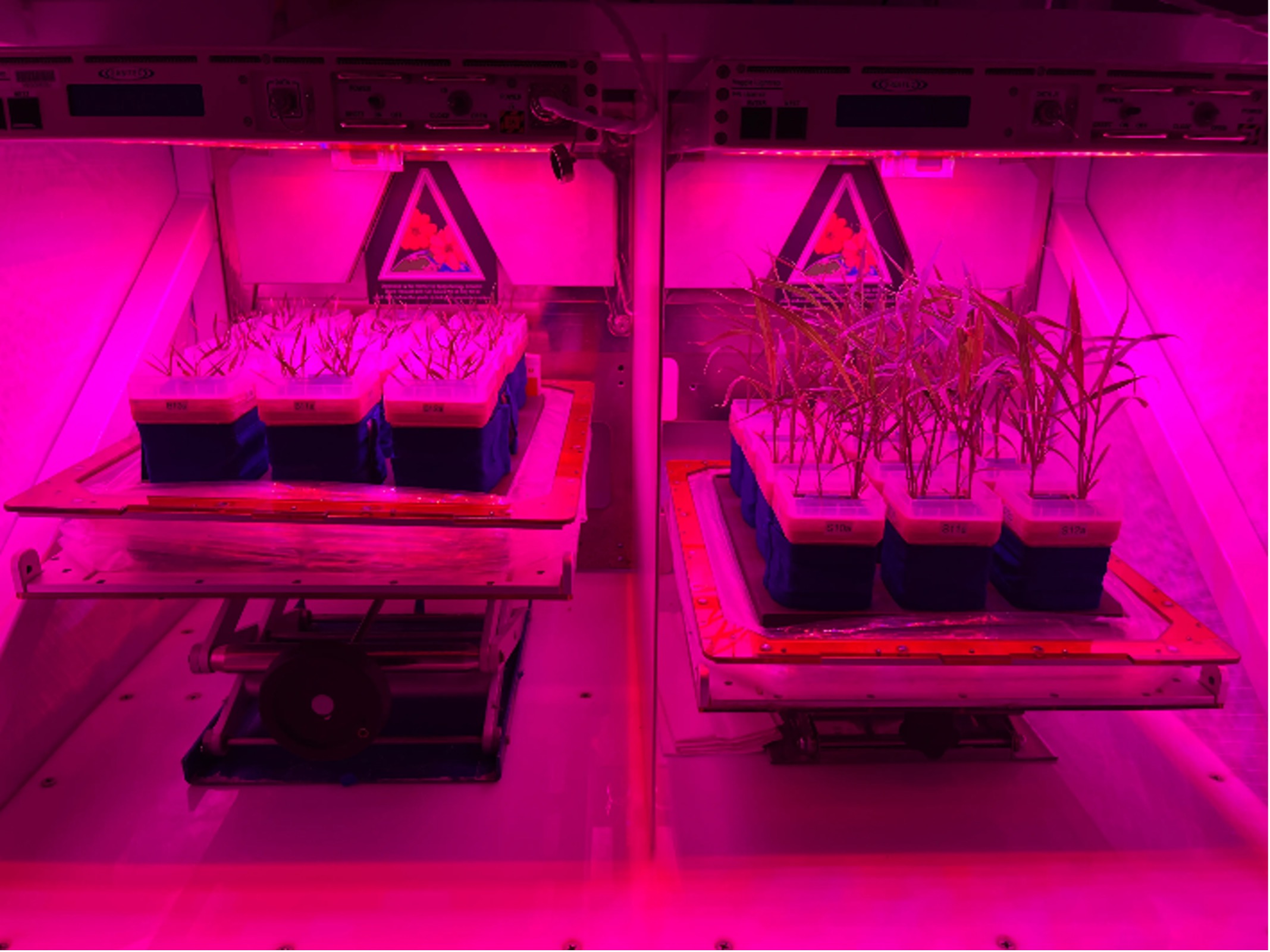
Rescuers at the Ready at NASA’s Kennedy Space Center
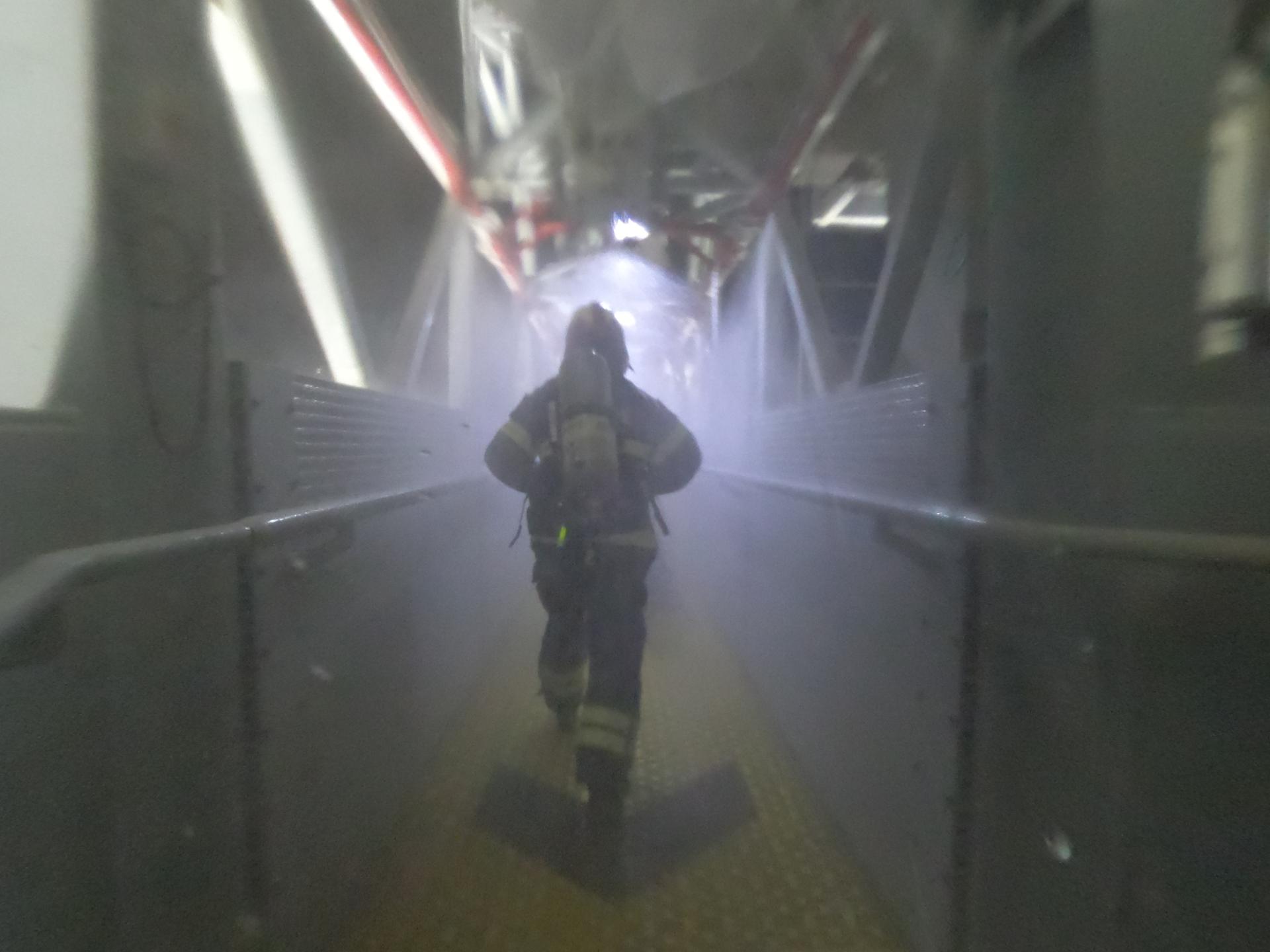
NASA/Kim Shiflett
If there’s an emergency at the launch pad during a launch countdown, there’s a special team engineers at Kennedy Space Center teams can call on – the Pad Rescue team.
Trained to quickly rescue personnel at the launch pad and take them to safety in the event of an unlikely emergency, NASA’s Pad Rescue team at the agency’s Kennedy Space Center in Florida has been in place since the Apollo Program. Today they help support crewed missions launching from Launch Complex 39A and B, as well as Space Launch Complex 40 at Cape Canaveral Space Force Station.
Stationed in mine-resistant ambush protected vehicles, or MRAPs, the Pad Rescue team stands poised near the launch pad to assist with any emergency requiring the personnel to quickly leave the pad. If needed, they will head to the pad and break up into two separate teams – one that heads up the launch tower to aid personnel and another that is stationed at the perimeter of the pad for when crews come down the emergency escape or egress system. Once everyone is on the ground and inside the MRAPs, Pad Rescue will drive teams to one of the triage site locations at Kennedy.
They’re spaceflight knights in shining armor. Except instead of saving crew from a fire breathing dragon, it’s from a fully loaded skyscraper-sized rocket that’s getting ready to lift off.
“Pad Rescue isn’t going up to fight fire or troubleshoot anything. This is a snatch and grab operation. We’re going up there to assist people and get them out as quickly as possible.
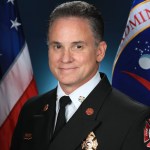
CHRISTOPHER YOUNG
NASA Kennedy Fire Protection Chief and Pad Rescue Program Operational Lead
The team is made up of approximately 25 firefighters and fire officers, with 10 pad rescuers assigned per mission. Since the team supports a diverse range of launches – Artemis, the Commercial Crew Program and some private commercial crew launches – part of their training requires learning the differences between the launch pads, the emergency egress systems, the spacecraft, and even the spacesuits.
“The hatch itself can be very complex,” said Dylan Reid, Pad Rescue program manager. “The seats are different. The suits are completely different and the connections on the suits are different. As we expand Pad Rescue to support different programs, our teams are absorbing all of the highly technical and different needs.”
When the launch team sent in the red crew during the Artemis I launch countdown to help fix a hydrogen leak, the Pad Rescue team was nearby to help in case anything went wrong. Now as teams train for Artemis II – the first crewed Artemis mission – they’re learning all the new additions at Launch Complex 39B that come with having astronauts onboard.
This includes learning the Artemis emergency egress system. Before Artemis II launches, the Pad Rescue team – along with other teams like the Exploration Ground Systems (EGS) Program responsible for launching the Artemis missions, and the closeout crew who are responsible for helping the astronauts get inside the Orion spacecraft – will thoroughly train for all kinds of emergency procedures that can occur during the launch countdown.
The most recent training ahead of Artemis II included practicing several emergency egress situations such as helping aid the closeout and the simulated flight crew off of the launch tower after a simulated hydrogen leak occurred during a launch countdown.
“It’s a sense of pride for all of us that are on this team. They step up and they volunteer to be a part of this. Working with EGS, the Commercial Crew Program, and other commercial space companies makes me feel really involved with the space program. This is a one-of-a-kind rescue team.”

CHRISTOPHER YOUNG
NASA Kennedy Fire Protection Chief and Pad Rescue Program Operational Lead
Artemis II will send four astronauts – commander Reid Wiseman, pilot Victor Glover and mission specialists Christina Koch and Jeremy Hansen from the Canadian Space Agency – around the Moon on NASA’s path to establishing a long-term presence at the lunar surface for science and exploration through Artemis. The 10-day flight will test NASA’s foundational human deep space exploration capabilities, the SLS (Space Launch System) rocket, Orion spacecraft, for the first time with astronauts.


